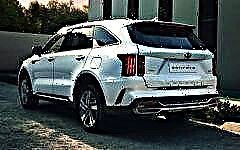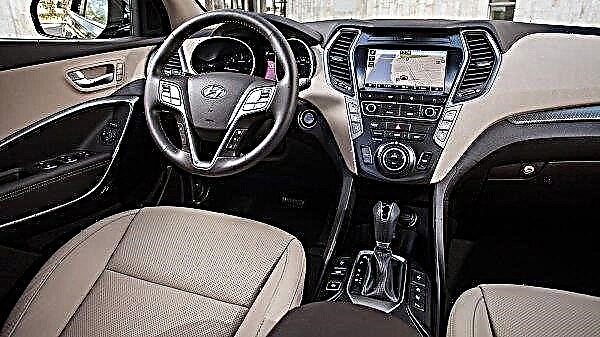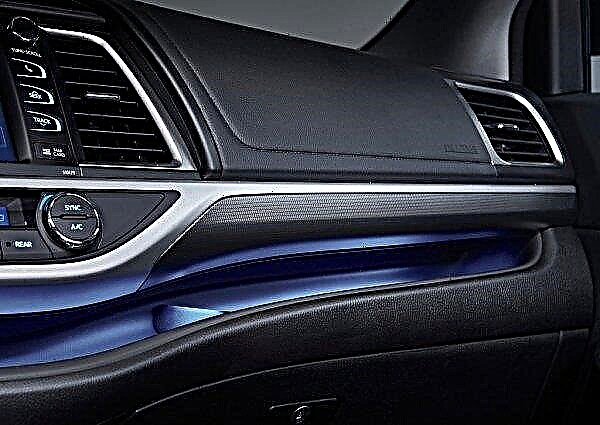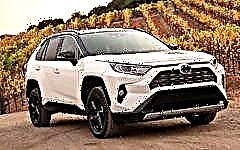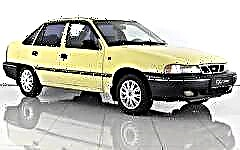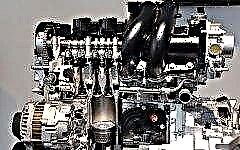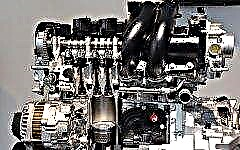
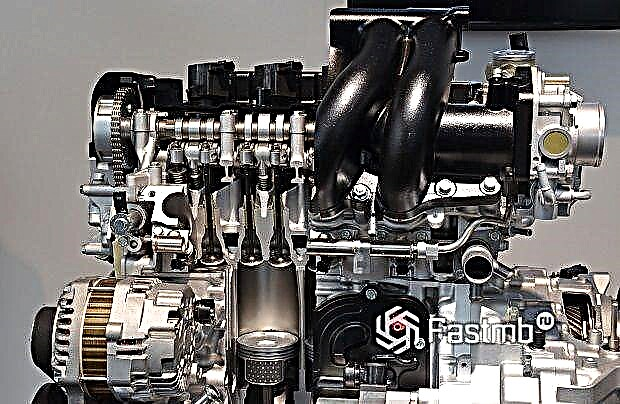
In the photo: a cutaway car engine
The content of the article:
- Car engine resource
- Ways to increase the resource of a car engine
- Cooling system
- Lubrication system
- Replacing filters is an important step in extending engine life
- Oil leak
- Passing MOT
- Correct engine warm-up and start of the car
- Correct gear selection and optimal driving mode
- Oil and Fuel Additives - Needed or Not
- Parking place (car storage)
A car engine, like any other mechanism, needs careful maintenance. This allows you to increase its service life, thereby extending the time until the next repair. In addition to leaving, are there any ways to increase the resource? Let's figure it out together.
Car engine resource

In the photo: engine operation
The resource is, first of all, the duration of the uninterrupted operation of an automobile engine before the onset of a major overhaul. And when this moment comes, it will be necessary to remove the power plant from the car and already engage in disassembly with the replacement of worn parts. Without a power unit, the car is not capable of performing its functions, therefore, extending the service life of the car's engine will be relevant.
If the engine stops delivering the required power indicators, the consumption of fuel and oil increases, there is no required thrust when starting the car - all this may indicate the need for a major overhaul... Otherwise, one day the motor simply won't start.
Ways to increase the resource of a car engine

In the photo: car engine diagnostics
The first step is to familiarize yourself with the operating instructions for a particular motor. There may be some nuances that are specific to the power plant in question. The following general methods of extending the operating life of the motor can be distinguished:
- Timely maintenance. As soon as the car travels a certain distance, the motor needs service in order to identify potential malfunctions;
- Replacing filters and other consumables, adjusting certain mechanisms should also be on time. If you need to replace timing elements, do not postpone it until later;
- Electronic control units fail, interfering with the proper functioning of the automotive electrical system. Therefore, periodic inspection and diagnostics of blocks are necessary;
- The car is refueled only with the recommended fuel. You should not chase cheap fuel with a low octane number, as this will ultimately negatively affect the operation of the car engine;
- Periodic check of the reliability of the cooling system and the lubrication system. Add oil or coolant as required, using only the manufacturer's recommended oils.
Cooling system

In the photo: cooling system
The cooling system of the power plant should be filled with high-quality coolant. Its amount should not fall below the recommended rate, otherwise the engine will not be able to cool optimally, and this can lead to overheating and failure of the head gasket and other elements.
Check the level of antifreeze and change it at least every two years. The spent antifreeze will not be able to qualitatively perform its cooling functions and will gradually begin to destroy the system itself. It is advisable to replace the bluish liquid in the fall before the onset of the first frost.
It is not recommended to use water as a coolant, despite its cheapness:
- it has less lubricating properties than any other antifreeze;
- the use of water significantly reduces the service life of the pump, and its failure automatically entails overheating of the power plant;
- water freezes at low temperatures, which can lead to costly powertrain repairs.
Lubrication system
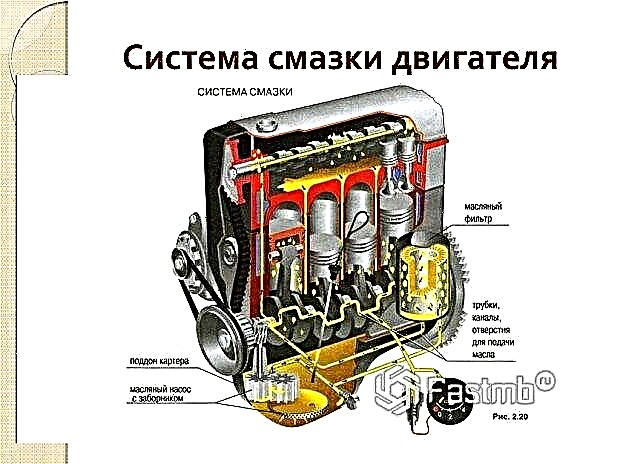
Manufacturers recommend pouring a certain oil into the engine and changing it after the required mileage of the car.
For normal operating conditions, it is 9,000 - 10,000 km. But it should be borne in mind that even the most expensive oil bought from official manufacturers begins to lose its lubricating properties after a year of operation. Therefore, like the coolant, change the oil in the fall before the onset of cold weather.
However, if the car is often operated at maximum loads (off-road, in dusty conditions), it is recommended to change the oil more often - this will significantly affect the optimal operation of the engine and have a positive effect on its resource.
If the machine is operated in hot climates, a more viscous oil is recommended. And, conversely, a less viscous liquid is poured into frost, which makes it easier to start a cold power plant and ensure free access of oil to rubbing parts.
Replacing filters is an important step in extending engine life

In the photo: filter replacement
Much depends on the condition of the filters in the operation of the engine, therefore, if the filter is worn out and unable to perform its cleaning functions, this will negatively affect the operation of some systems of the power unit. A worn-out air filter will not be able to provide a high-quality supply of air to the fuel, which will lead to the combustion of a mixture rich in fuel. This entails an increase in fuel consumption, a decrease in the power characteristics of the engine and the release of toxic exhaust gases.
It is recommended to change the air filter after 15,000 km.
A worn out fuel filter cannot deliver fuel evenly into the combustion chamber. It is possible that the fuel will stop flowing altogether, which, accordingly, will lead to a stop of the engine and the impossibility of starting it.
Motorists recommend replacing the fuel filter after 25,000-30,000 km. But if you operate a diesel vehicle, you will need to change the fuel filter every 10,000 km.
The oil filter provides high-quality cleaning of the oil from mechanical impurities, therefore, its failure will lead to poor-quality lubrication of the rubbing elements, which will significantly reduce the engine resource.
A distinction is made between a coarse filter and a fine oil filter. The first is designed to clean the oil from large mechanical particles and clots that settle in the form of sludge and are removed when the drain hole is opened. The second is installed after the coarse filter and serves to completely remove impurities in the engine oil. It is recommended to change both filters during oil change, which is 10,000 km.
Oil leak
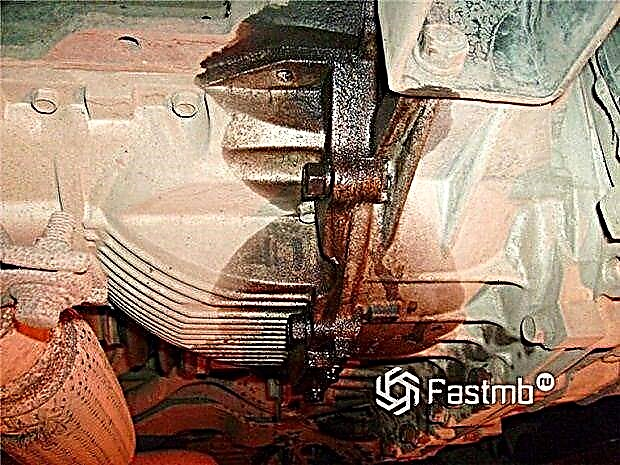
In the photo: oil leak
The condition of the engine can be checked by inspecting the parking area. If traces of any liquid are visible underneath, then there is a leak. Its source can be identified only after driving into the pit, by looking at the car from below - traces of stains under certain nodes will indicate a leak of a particular system.
It is also recommended to check the levels of the fluids used in the motor. It is possible that the oil or coolant level is critical and needs to be refilled urgently. The appearance of leaks indicates the presence of some damage or leaks that need to be repaired as soon as possible.
Passing MOT

Photo: engine maintenance
Timely technical inspection will allow identifying existing malfunctions, the elimination of which will also affect the increase in the engine resource. It is easier to identify a malfunction when it has just begun to appear than to wait until it leads to serious consequences.
For cars not older than 7 years, the frequency of maintenance is once every two years. If a car older than 7 years is used, an annual check of its technical condition is desirable.
During maintenance, it is recommended to change the oil, as well as oil and air filters.
Correct engine warm-up and start of the car
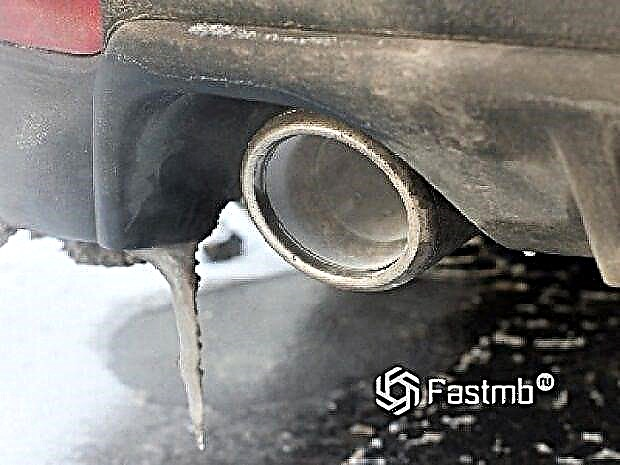
In the photo: engine warming up
Some motorists start driving immediately after starting the ignition, while others prefer to wait until the temperature gauge in the engine rises at least one division. However, you can use the following algorithm: in summer, the engine warms up for 1.5 minutes, in winter - 3-3.5 minutes. It makes no sense to spend more time on warming up, since the oil has already managed to get to all rubbing engine parts, and prolonged warming up will only lead to additional fuel costs.
When starting a diesel engine in winter, it is recommended to warm up the glow plugs. To do this, you need to turn the key in the ignition lock so that all the devices turn on, but the engine does not start. Wait until the spiral indicator of the candles goes out and turn the key back. After a few seconds, the motor can be started. If it's very cold outside, you can warm up the glow plugs two or three times.
After the engine is warmed up, you can begin a smooth movement that does not heavily load the power plant. As soon as warm air begins to flow into the passenger compartment (in winter operation), you can switch to normal travel mode. In summer, it is advisable to drive a few kilometers in a sparing mode.
Correct gear selection and optimal driving mode

In the photo: tachometer
The wrong gear selection also leads to additional load on the power plant, which further leads to a decrease in its service life. You should be aware that too high or, conversely, low speeds negatively affect the resource of the internal combustion engine. Therefore, the moment of gear shifting should be compared with the middle position of the tachometer needle.
It is highly discouraged to move in tightness - to use higher gears at low revs. An example is the movement after passing an artificial bump. Some drivers immediately engage in third gear, and the car begins to slowly pick up speed, jerking several times.
In this situation, it will be optimal to increase the speed in second gear and then turn on the third when the tachometer needle is in the middle position. Therefore, choose the driving mode and gear wisely depending on the road conditions.
Oil and Fuel Additives - Needed or Not
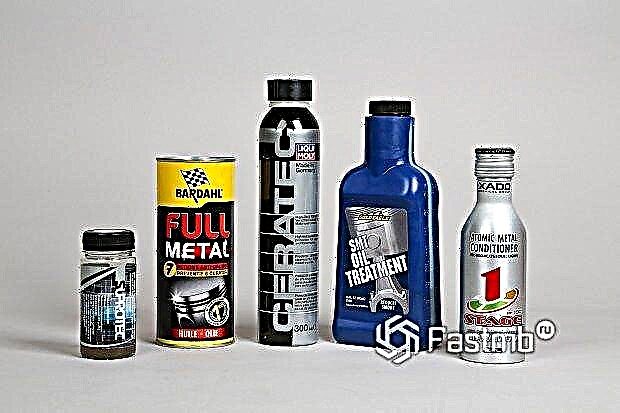
In the photo: varieties of oil additives
There are many different additives and additives on the market that suppliers say improve the lubricating properties of the oil, prevent contamination and have a positive effect on engine performance. Also, repair fluids are supplied to eliminate leaks in the cooling system and seal other cracks and defects.
Experienced motorists are skeptical about additives and do not recommend their use. Any engine oil already contains the necessary set of impurities and additives, so the addition of some other fluids can negatively affect the properties of the lubricant. Repair fluids can be used only in critical situations when the car cannot reach its destination on its own.
Parking place (car storage)

In the photo: storing the car in the garage
Keeping the car in a constantly ventilated room has a positive effect on its service life. And this does not have to be a closed garage - the car can also stand in a closed parking lot, where direct rays of the sun and precipitation will not enter. Leaving the "iron horse" in a heated room in winter is extremely risky, since a sharp change in temperature will negatively affect the metal, leading to wear and tear of parts and corrosion.
If you use the above recommendations, you can extend the life of the car engine several times. These procedures are not too complicated and require only care and responsibility from the driver - after all, the engine is at stake, replacing which can cost an impressive amount of money.

